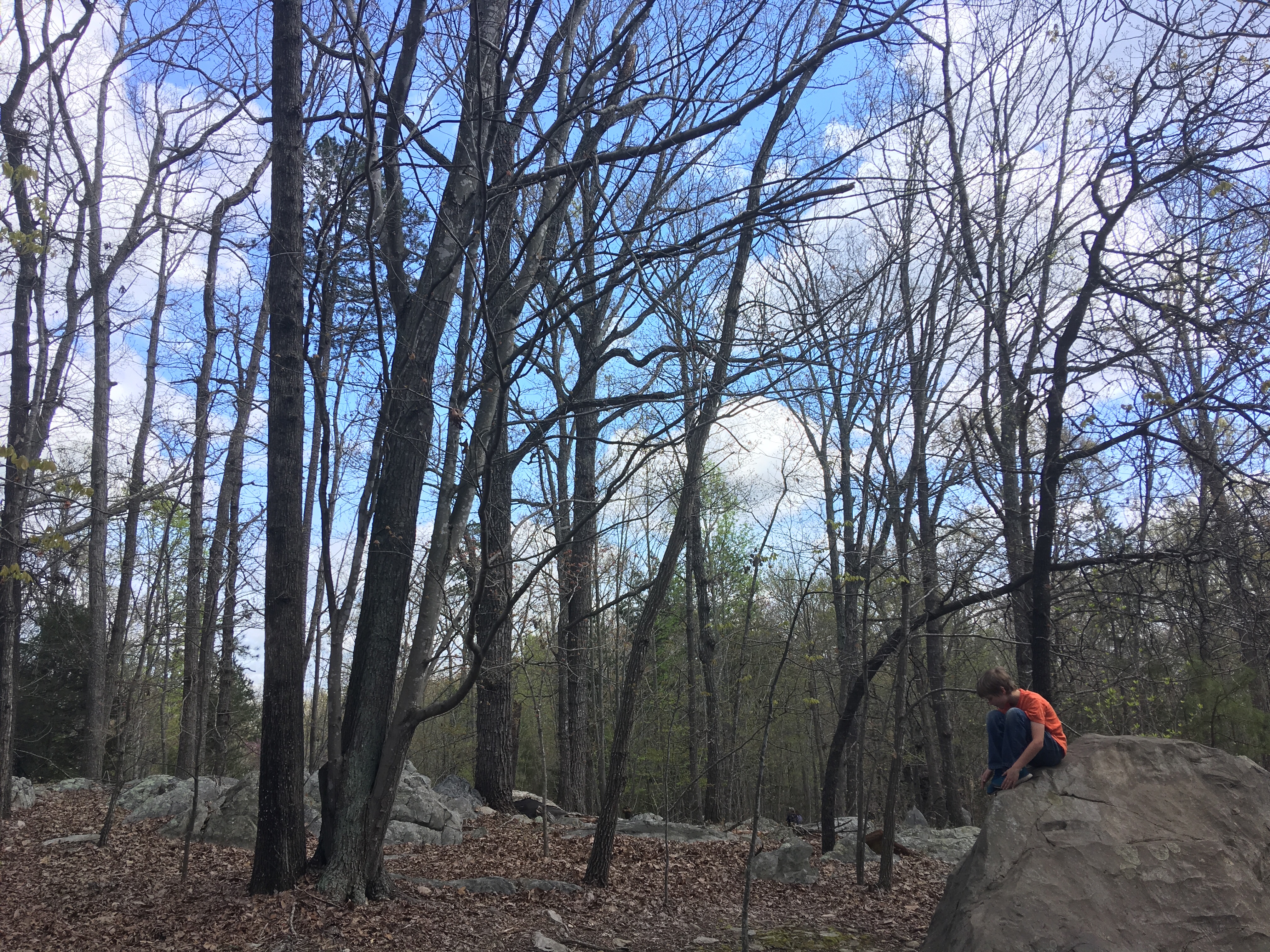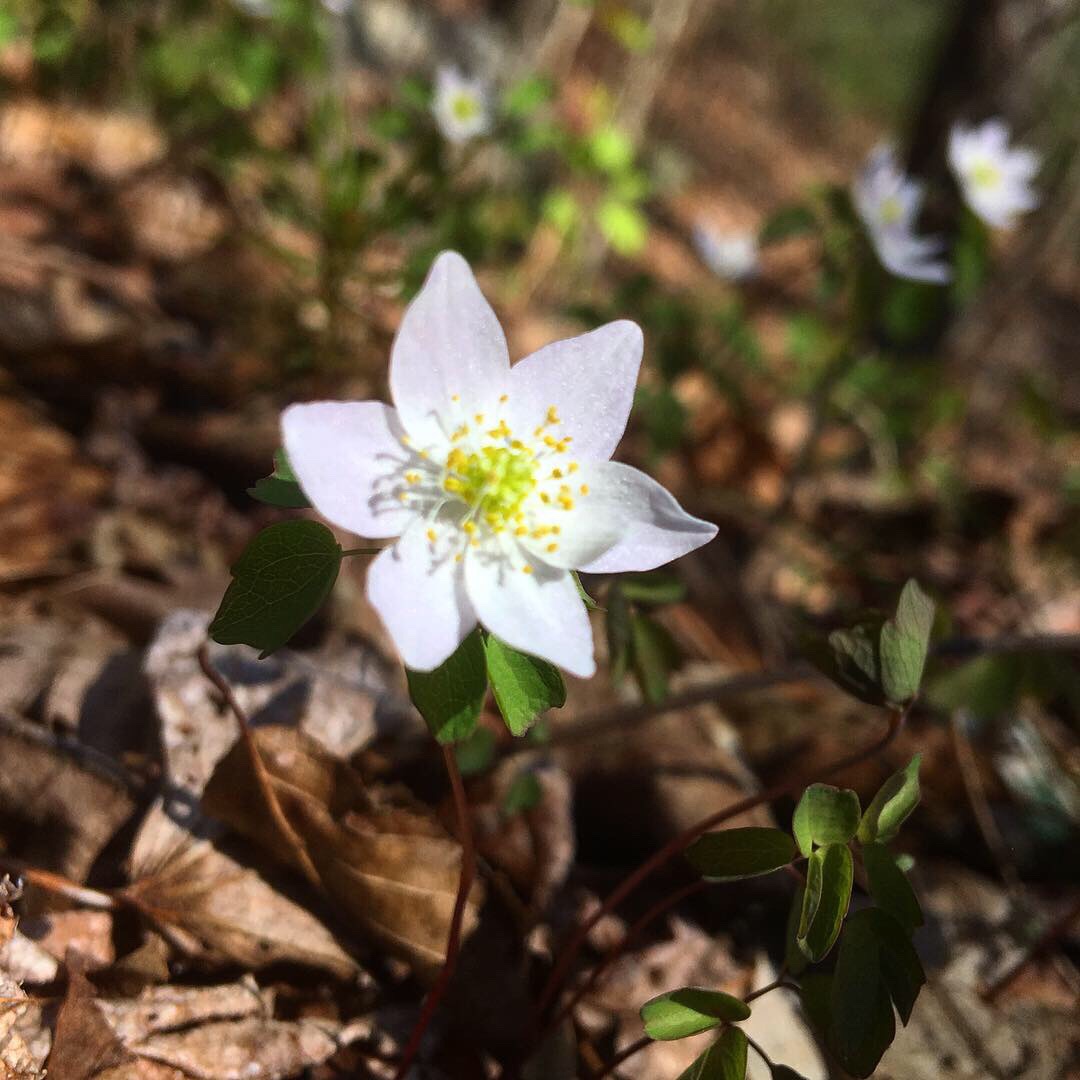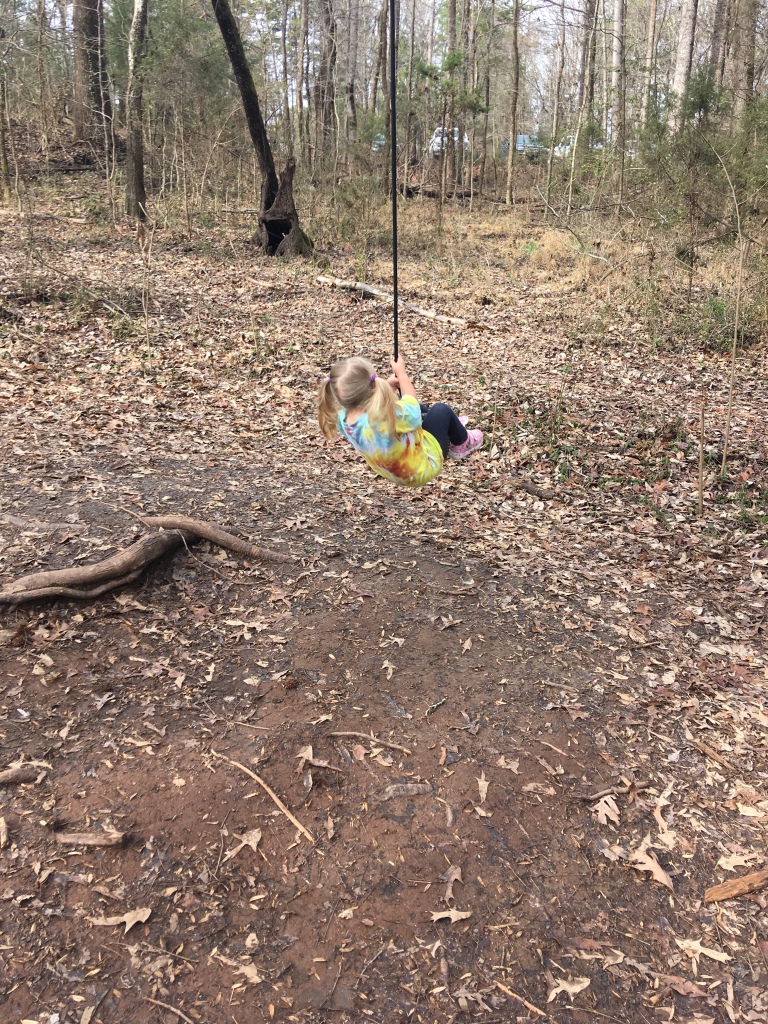For the past few Sunday’s, we’ve taken the kids hiking. Sometimes it’s been on public trails, a few times it was a farm owned by a friend. However, the trips have always been local; until today.
Today we loaded up our daypacks and headed to Old Fort, NC for a short day hike on the Catawba Falls Trail. I’ve known about this spot for years, but I had been hesitant to take the family. The trail had a history of being difficult, with multiple fords, rickety bridges, and rocky ledges. However, the trail has been improved and now it is an easy hike for families and beginners! For the thrill seekers though, there is an optional extension to the top of Upper Falls that still requires good shoes and use of rope; we didn’t go up there this time.

The falls are known as the headwaters of the Catawba River. It’s amazing to think that a mighty river that generates electricity and provides water for over 2 million people starts out as a small rocky stream tucked back in the forested mountains of Pisgah National Forest. But then, that is how all rivers start I guess.
There are actually two waterfalls; the upper and lower. The lower Falls were dammed in the early 1900s. However, the recent flooding from the 2018 hurricanes blew out the dam and now both falls are flowing freely again! I will have to return to get a picture from the bottom of Lower Falls, sometime soon. The real treasure though is the Upper Falls which are towering!

Both of the waterfalls have nice pools at their bases which make great swimming holes. Unfortunately, it was too cold to get in and swim in the middle of March. Its amazing to think just a few days before this hike there was snow up in the mountains. You could believe it though when you stepped into the water, Brrrr!
The trail itself is wide, flat, and gravel making it very easy for beginners and families to hike. Two large bridges making crossing the Catawba River easy. There is one wet crossing (with stepping stones) about two-thirds of the way up. The only “difficult” part is the last rock scramble up-to the falls.
It is important to remember, all of this wouldn’t be possible without the efforts of Foothills Conservancy of North Carolina protecting the land around the falls and the trail! Also, thanks to the Pisgah National Forest for improving and maintaining the trail!
The kids surprised me

By now I shouldn’t be surprised, but I was. First, my son, who has a history of complaining that hiking is boring, actually said he was enjoying himself. Even more surprising, he said he wants to do more of it! I had to contain myself and not come unglued, but I was thrilled. Of course, he wants to come back to this trail and hike up to the top of Upper Falls! Luckily, so does dad 😀
The other thing that surprised me is my “Super Girl” hiked the entire way to the Upper Falls! As she scrambled up the last few rocks she announced she was “Super Girl, super hiker” and was talking about her powers of hiking. Yes, you ARE Super Girl!
Only once did she ask to get into the backpack carrier, on the way back down. By that point she was tired and needed her nap. Hiking was too exciting though and ten minutes later she was back down hiking again! The fun thing about hiking with a toddler is they want to examine EVERYTHING, every stick and flower. It makes it hard to get your heart pumping this way, but its also a treasure to see everything in the woods as “new” because much of it is for her.
Spring Wildflowers
Another reason to get out and hike right now is it’s a great time to see the diversity of spring wildflowers. This day we saw yellow, blue, and variegated violets, bloodroot, Giant chickweed, and meadow rue.



Trailhead Information
There is plenty of parking, but when we arrived a little after noon the parking lot was nearly full so be sure to get an early start. There are pit toilets available before or after the hike. However, there are no water sources to bring your water with you.
The trailhead is located at 3074 Catawba River Rd in Old Fort, NC. If you have any questions, call the Grandfather Mountain District office at (828) 652-2144





























